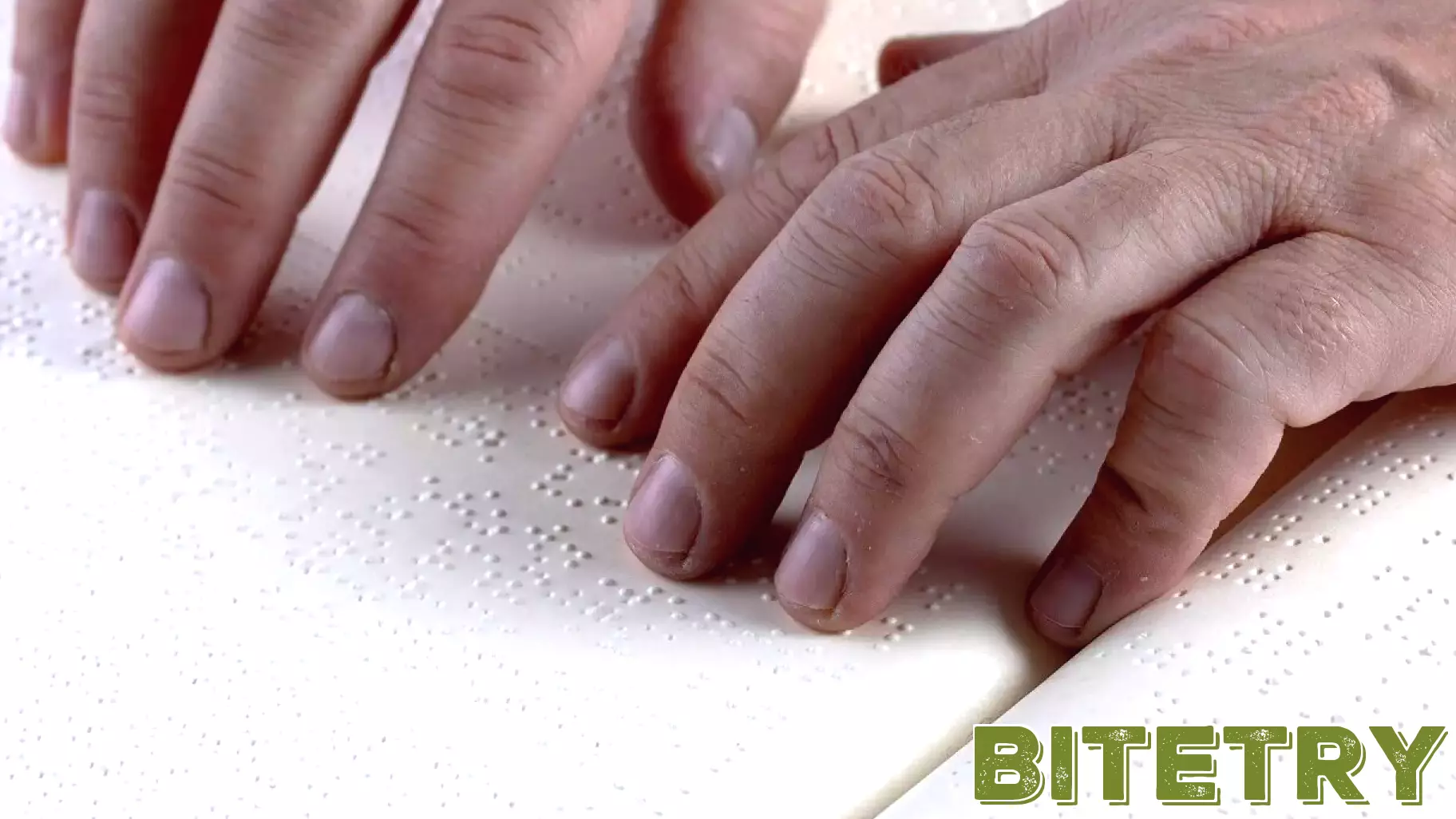Advancements in Speech-to-Text Technology for Healthcare
November 23, 2024 - 06:11

Speech-to-text technology is gaining traction in various sectors, particularly in medical environments. This innovative tool is increasingly utilized for tasks such as hands-free dictation, assisting individuals with visual impairments, and transcribing speech for those who are hard of hearing.
In healthcare settings, accurate and efficient transcription is crucial for patient documentation and communication. As demand grows, developers are focusing on enhancing the enunciation capabilities of these programs to ensure clarity and precision in medical terminology. Improved algorithms and machine learning techniques are paving the way for more reliable recognition of speech patterns, even in challenging environments like busy hospitals.
The integration of sophisticated speech-to-text solutions is expected to streamline workflows for healthcare professionals, allowing them to spend more time on patient care instead of paperwork. Furthermore, this technology promises to enhance accessibility for patients with disabilities, ensuring that they receive the same level of attention and service as others.
As these advancements continue, the potential for speech-to-text technology to transform medical practices is significant, making communication more efficient and inclusive in the healthcare industry.
MORE NEWS

January 6, 2026 - 21:04
NCIS Forensic Experts Use Science and Innovation to Solve Complex CasesIn stark contrast to the dramatic portrayals seen on television, NCIS forensic consultants are dedicated to the rigorous application of real scientific methods in criminal investigations. These...

January 6, 2026 - 11:23
Emergency Responders Embrace Drone Technology in Southern West VirginiaHINTON, WV – Emergency responders in southern West Virginia are now leveraging drone technology to enhance their services to the community. Local law enforcement and firefighting agencies have...

January 5, 2026 - 10:42
Anticipating the Future of AI: Key Trends for 2026As we look ahead to 2026, the landscape of artificial intelligence is poised for transformative changes. Experts are making bold predictions about the trends that will shape the industry in the...

December 30, 2025 - 18:55
Surf Air Reports Significant Revenue Growth and Cost Reduction Through New TechnologyRecent developments at Surf Air indicate a remarkable surge in broker bookings, which have increased by 197% following the implementation of their in-house SurfOS technology. This innovative system...